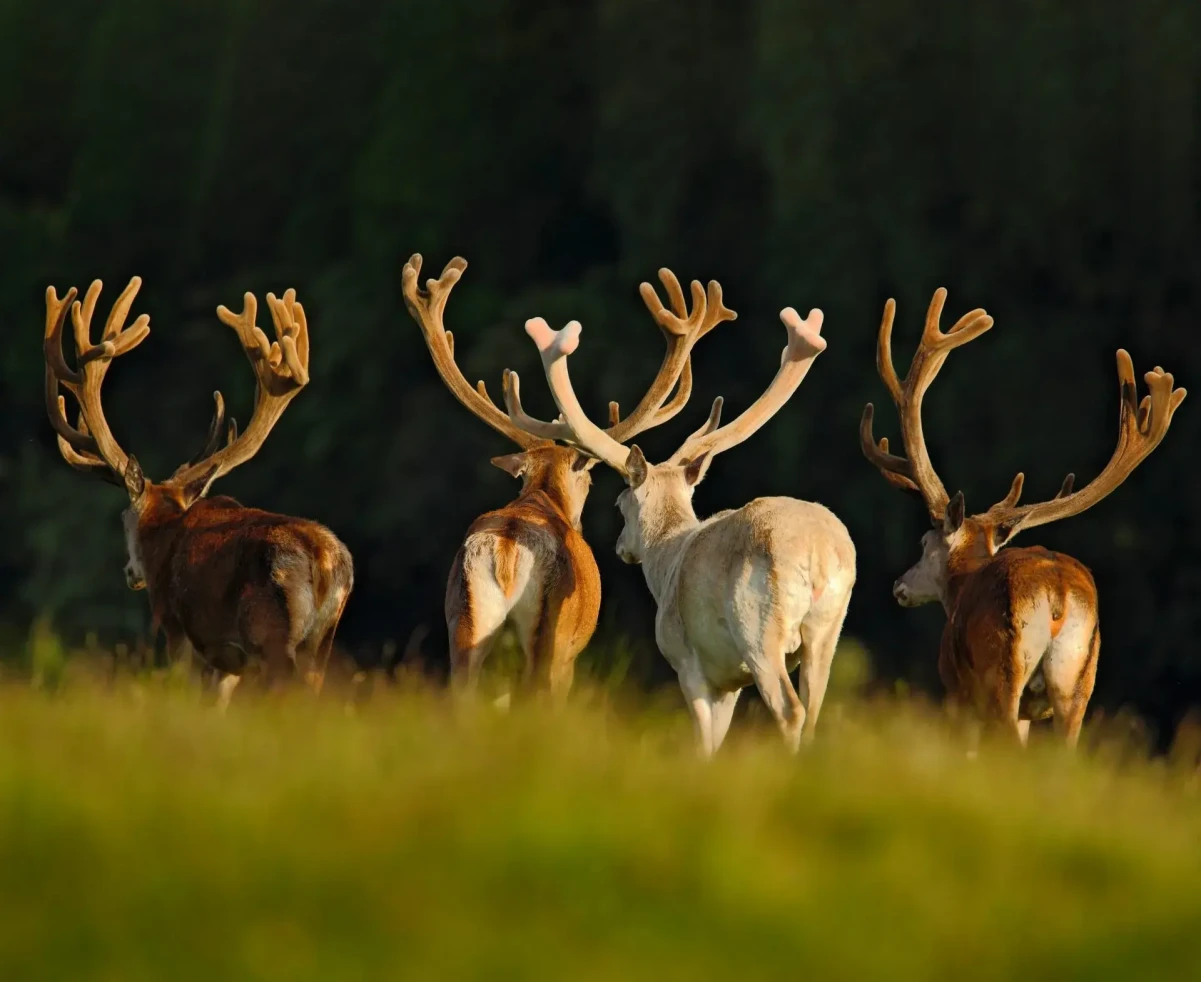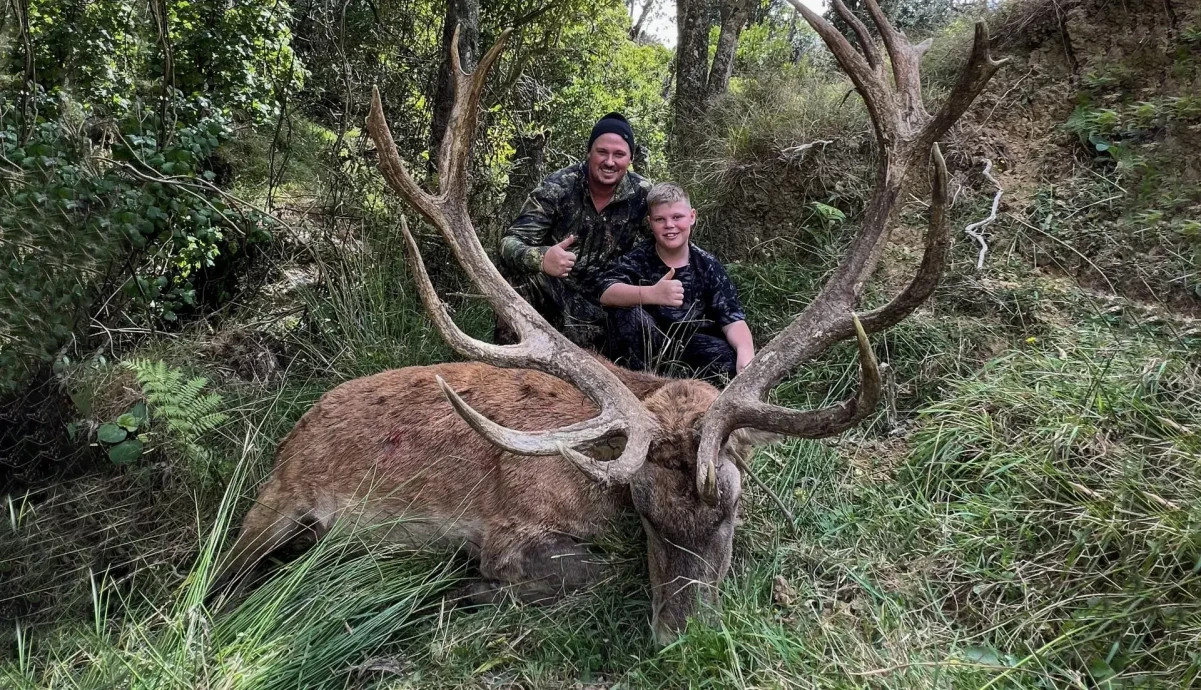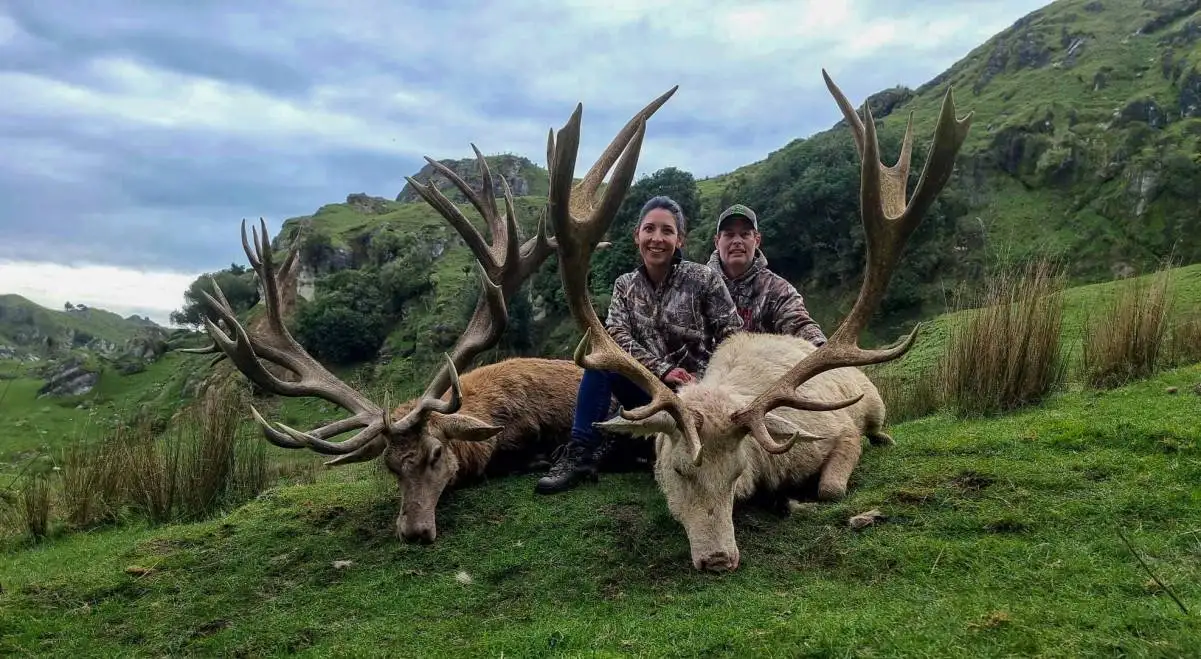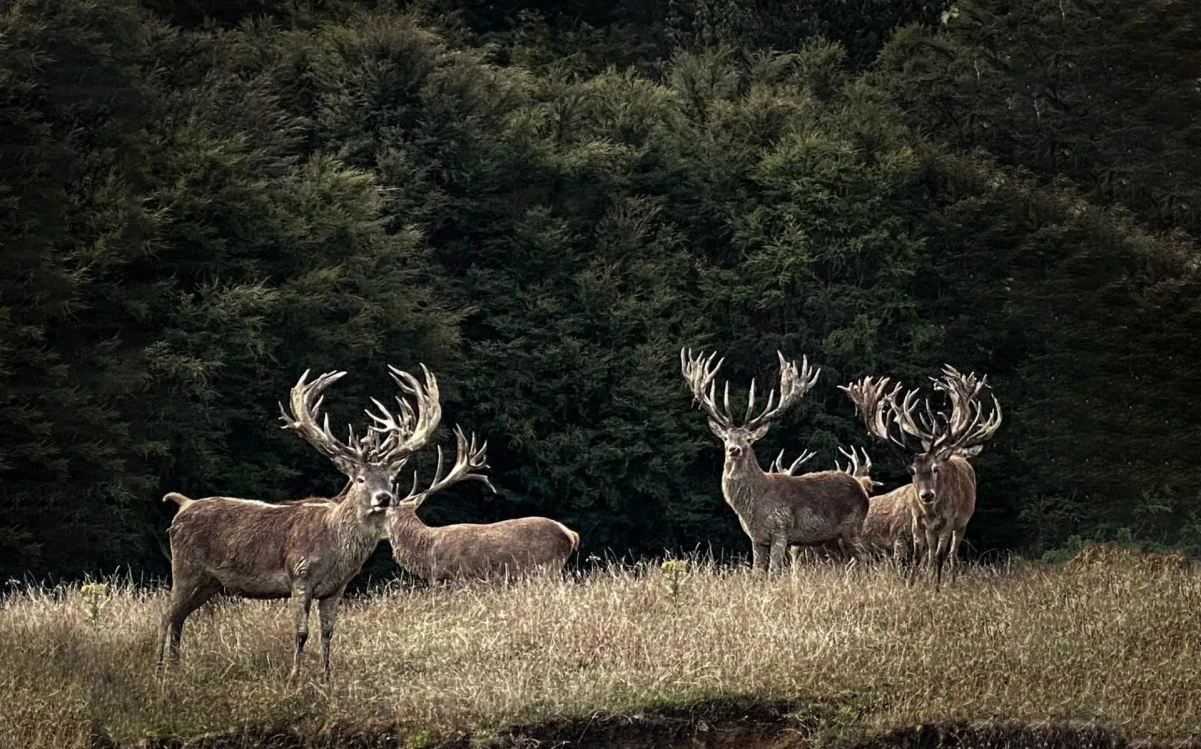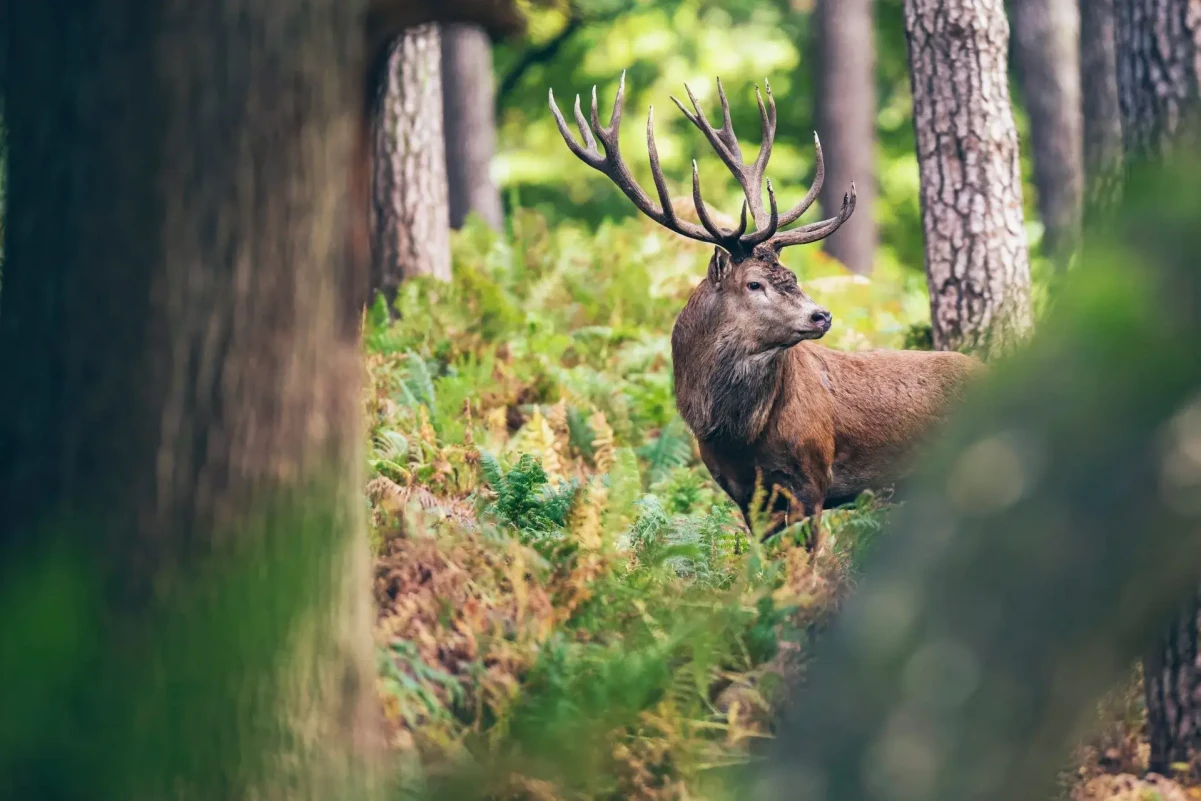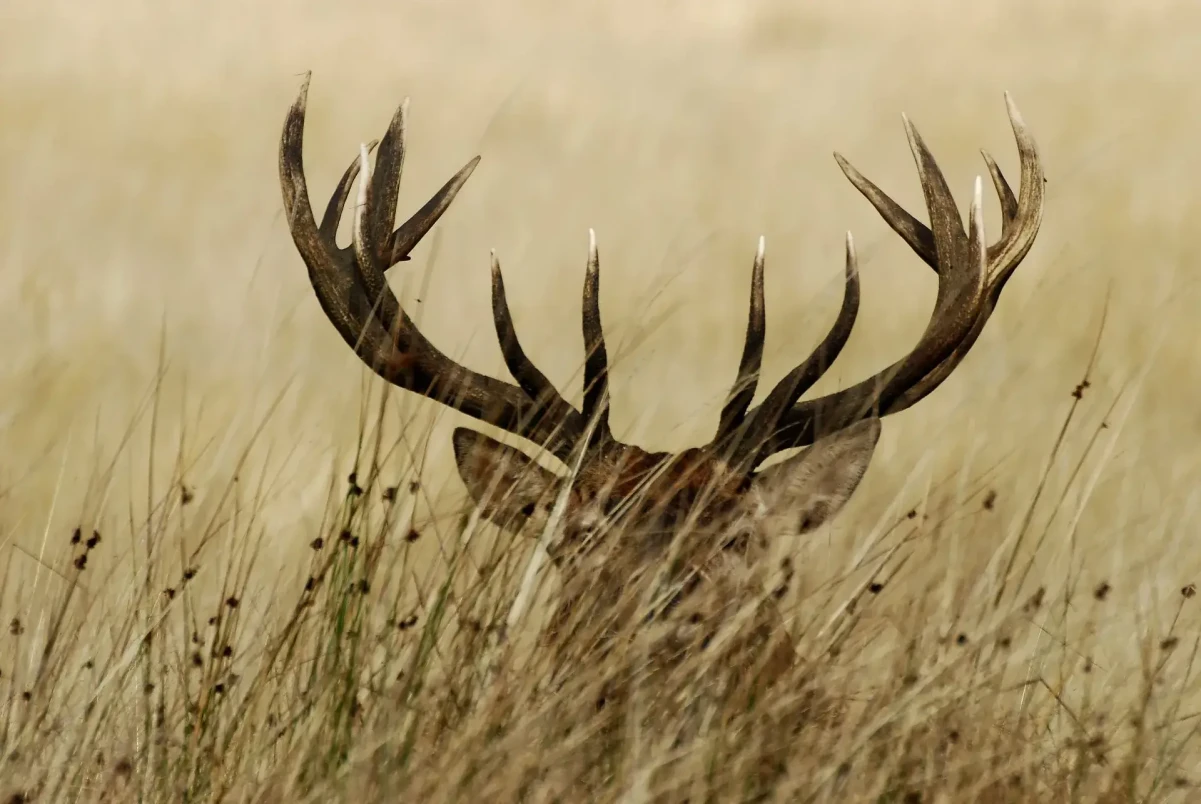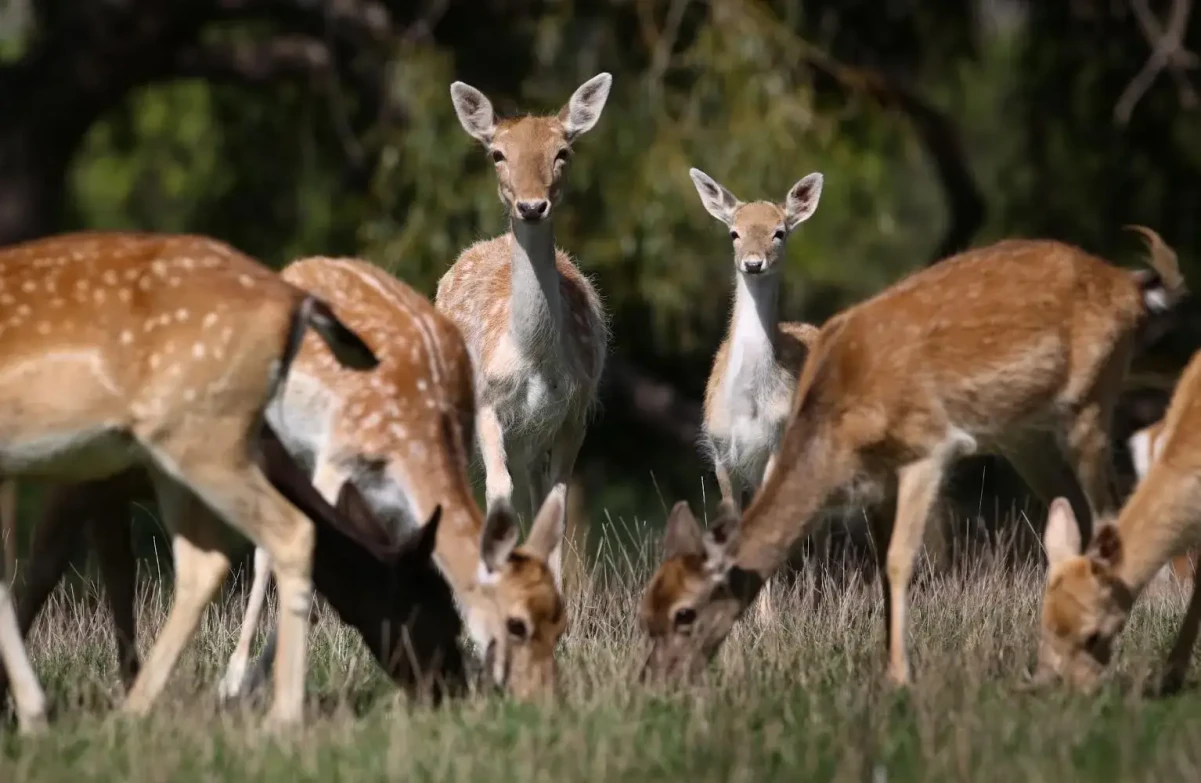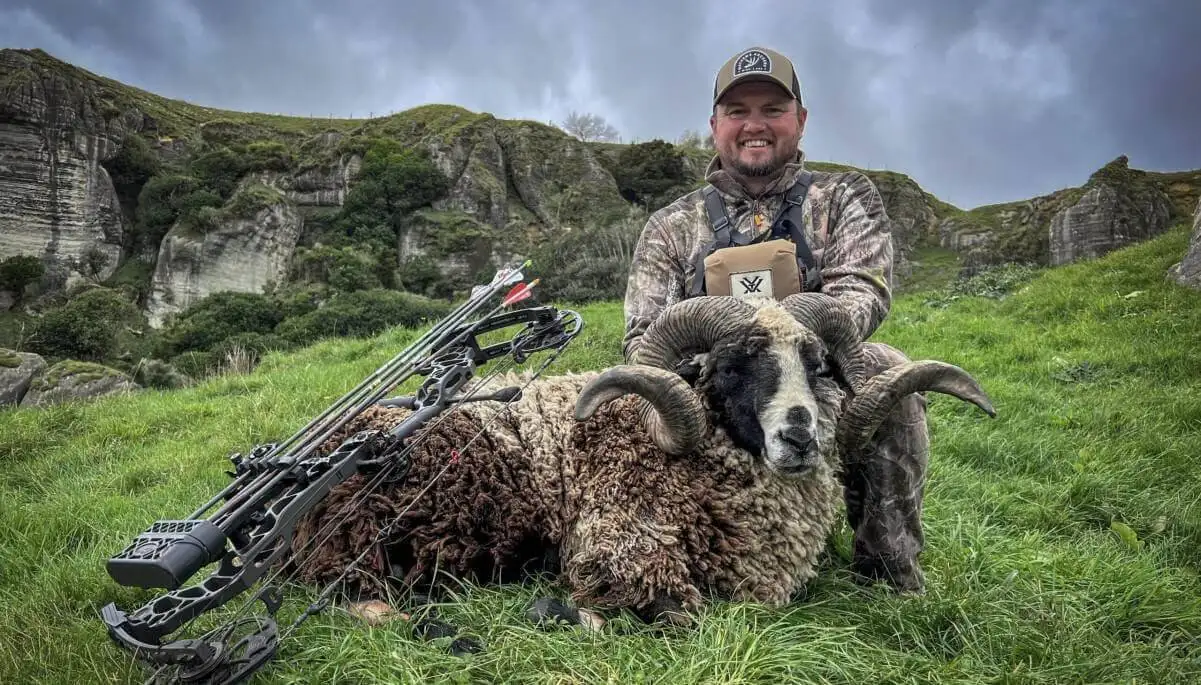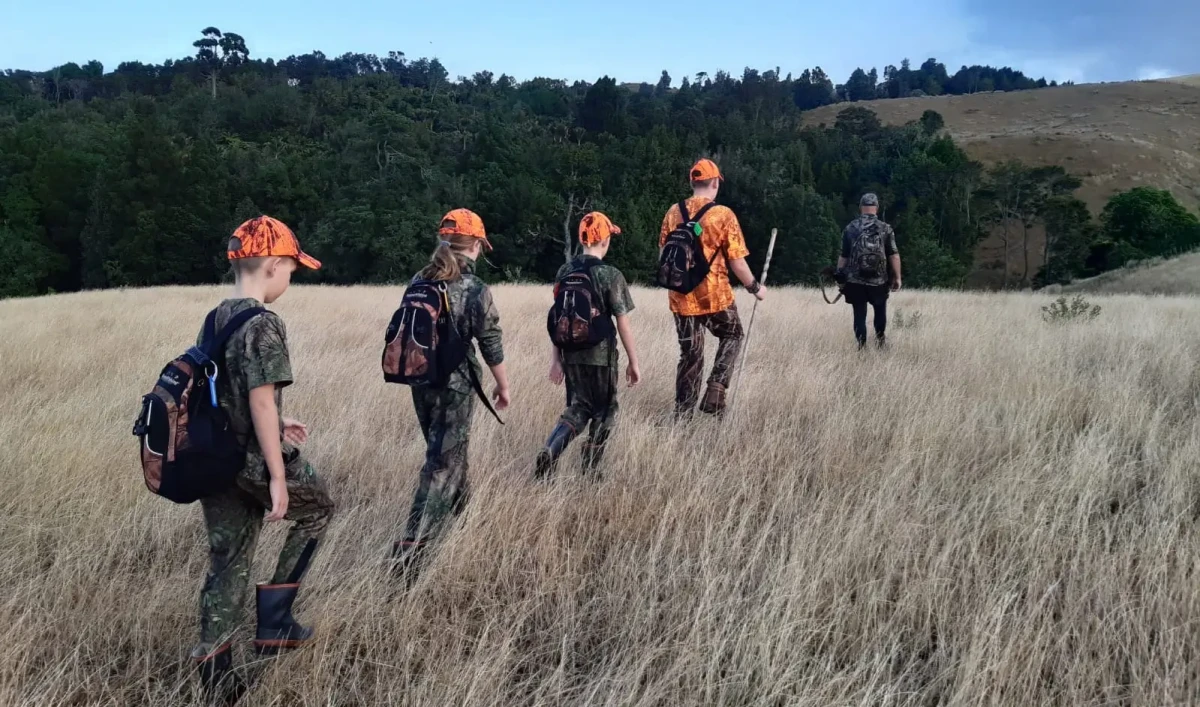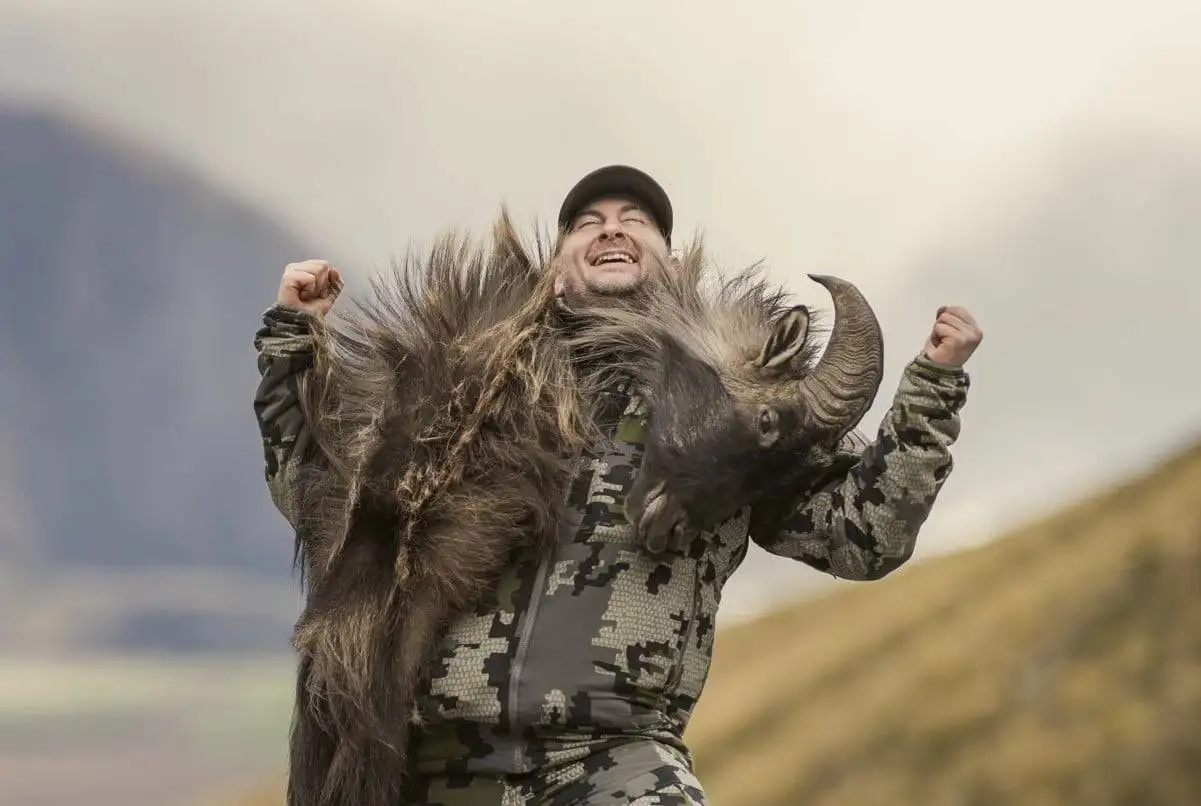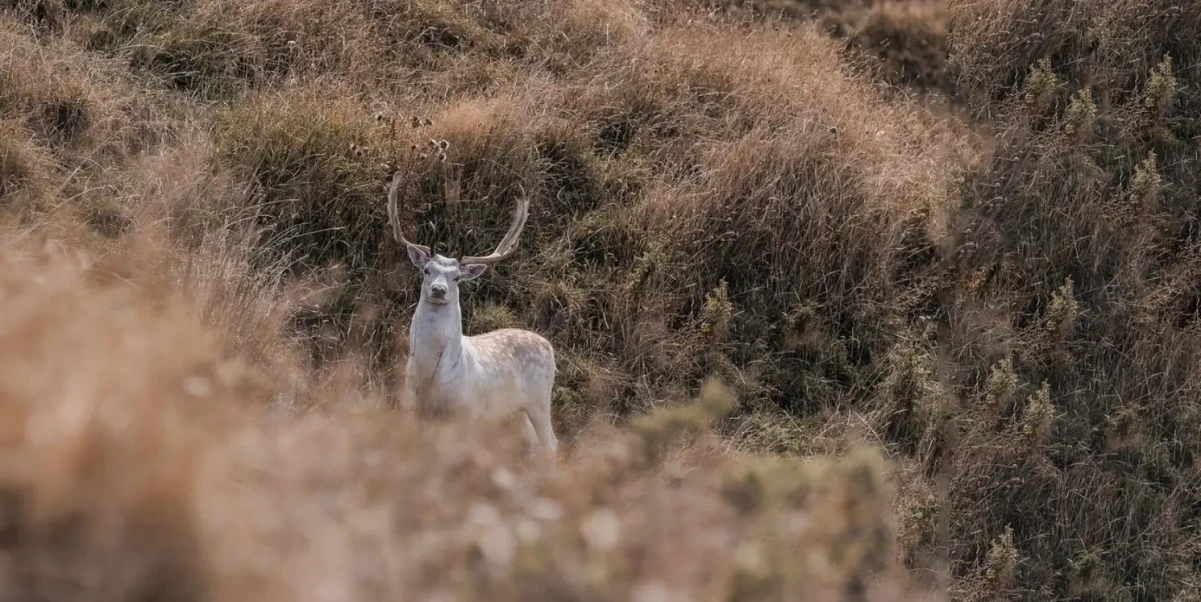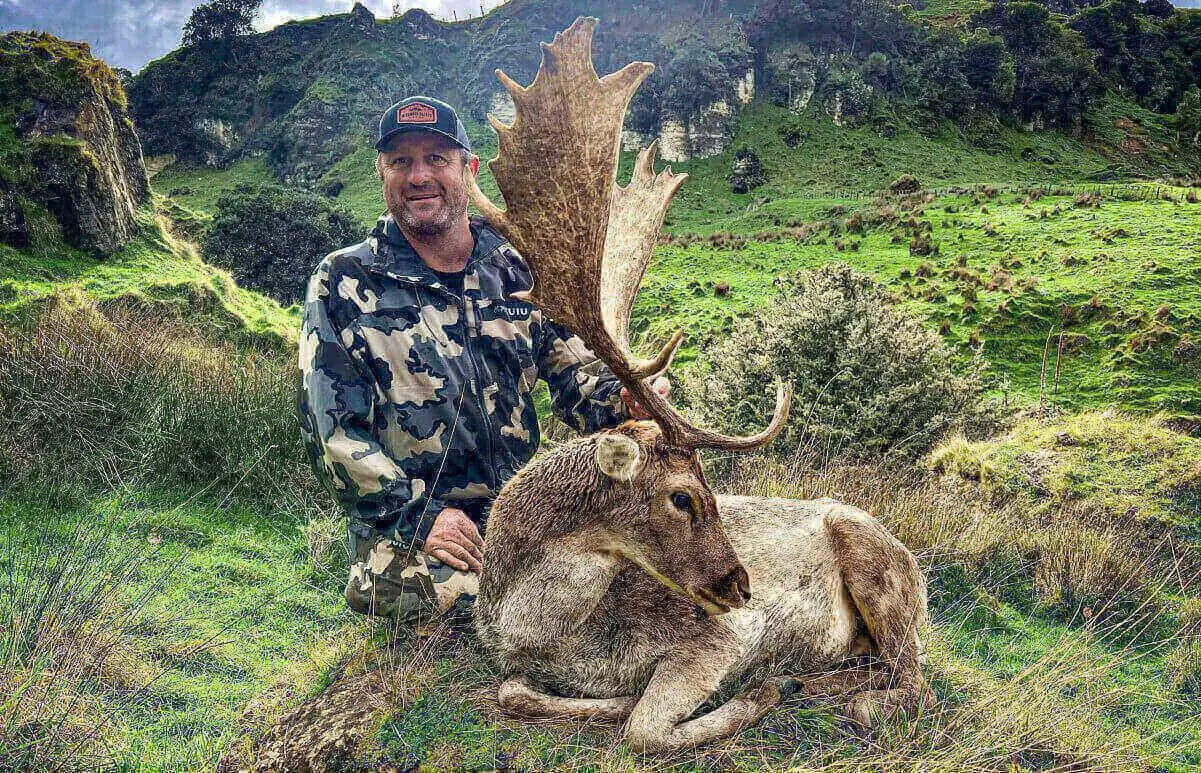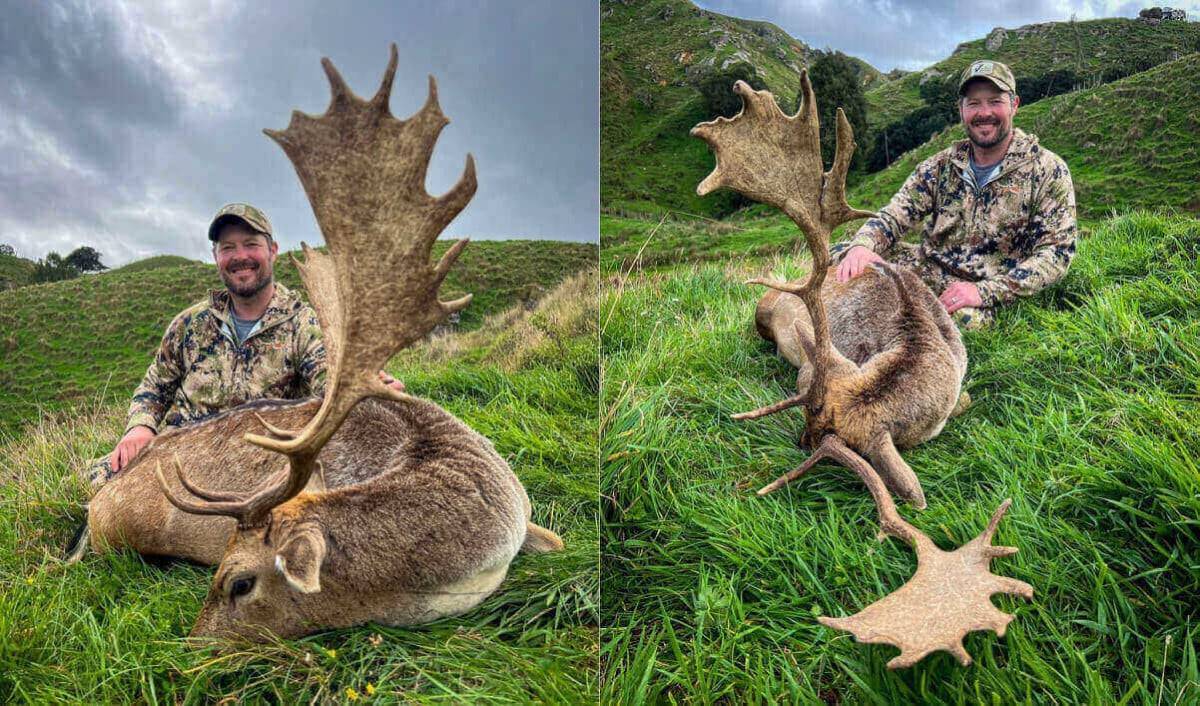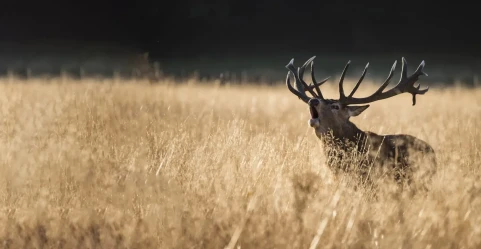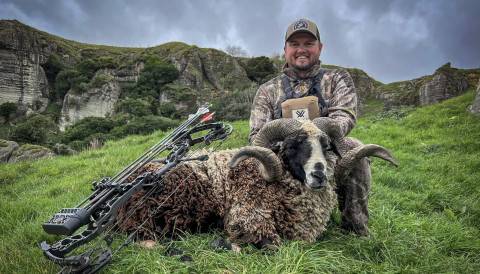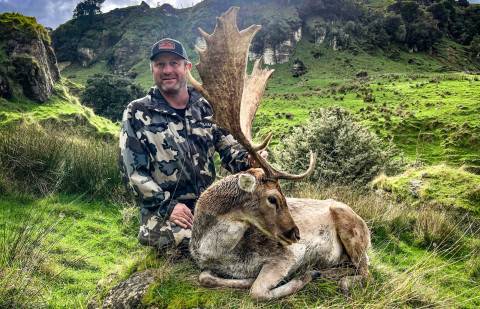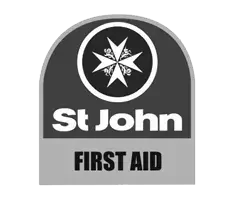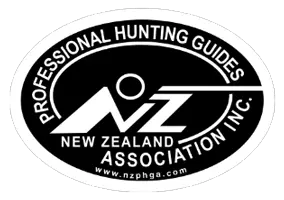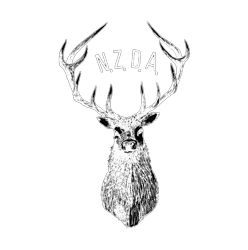FIREARM SAFETY
ALWAYS TREAT A FIREARM AS LOADED
Don’t assume any firearm is unloaded even if you have been told so, always check for yourself.
Keep you finger off the trigger, and always point the muzzle in a safe direction; open the action and inspect the chamber and magazine.
When passing or accepting a firearm, ensure that the action is open, muzzle pointed in a safe direction, and unloaded.
If you don’t know how to open a firearm, leave it alone.
FIREARMS MUST ALWAYS BE POINTED IN A SAFE DIRECTION
Whether a firearm is loaded or unloaded, always point the muzzle in a safe direction.
This will depend on your surroundings, bullets can go through ceilings and walls easily.
Never point a firearm at yourself or others.
Always stay focused around firearms.
Never lean or rest firearms in positions where they can shift or fall to avoid unintentional firing or damage.
Be particularly careful when removing firearms from storage and vehicles etc.
BE AWARE THAT FIREARMS CAN FIRE UNINTENTIONALLY WHEN:
The action is closed
The safety catch is released
Uncocking
A firearm is loaded
ONLY LOAD A FIREARM WHEN YOU ARE READY TO FIRE
Only load your ammunition into the magazine once you have reached your shooting destination. The firearm itself should only be loaded once you intend to use it, in an area where it can be safely and legally discharged. (Remember to unload the firearm once it has been used).
IDENTIFY YOUR TARGET WITHOUT ANY DOUBT
Positively identify your target correctly using ALL of the characteristics of the animal:
- Make sure everyone in your group is medically and mentally up for the task – eyesight, hearing, fitness etc.
- They can safely and legally operate a firearm
- They are not under the influence of drugs or alcohol
- You all know what to do in an emergency
- You can all understand who is shooting and when
TARGET IDENTIFICATION
TROUBLE:
Buck/Stag fever is the term given for when emotions, tiredness or excitement can override rational thinking. Your mind can play tricks on you, making you “see” what you expect/want to see, resulting in objects (often people) looking like game. Especially when hunting on DOC land other hunters can be nearby, imitating the calls of Game or carrying a deer through the bush. Hunters have been shot when carrying deer due to the sight of deer skin and antlers moving. You must always focus your mind towards expecting a person before assuming it is an animal. Keep your finger away from the trigger until you can positively identify that it is a safe and accurate target. It is recommended to always wear bright coloured clothing to ensure you can be easily identified at all times including dim/fading light or under bush cover. Whilst this can help, it is only useful if all hunters correctly identify their targets at all times. In order to correctly identify their target hunters should always use binoculars as well as a rifle telescopic sight. These tools can result in tunnel vision, limiting your view on either side, sweep the telescope or binoculars from side to side to ensure there are no people close to your target or field of fire. Regardless of strategies that may or may not be used by hunters to be seen, it is always the responsibility of the shooter to clearly identify the target.
BE AWARE OF YOUR FIRING ZONE
You must be aware of what you could possibly hit between you and your target, and the area beyond your target. Hunters must consider what could happen if they miss their target. Sights must be set up correctly to prevent rounds going far beyond or not reaching the target.
If your companions are ahead of you, never fire, especially if you have lost sight of them.
Do not shoot if stock, human activity or buildings are in the area.
It is not safe to shoot at a target on the skyline, both rural and urban developments are often close to hunting land.
Shooting at night is dangerous, especially if using telescopic sights. Only shoot at night if you can be certain it is safe. Spotlights only light up a small part of the firing zone, leaving room for mistakes and accidents. It is forbidden to shoot during the hours of darkness in any state forest, forest park or national park.
Take extra care when shooting a moving target, your field of view is limited and changes quickly. There is a greater chance of someone or something moving into your firing zone unexpectedly or without you noticing.
Take care when shooting near thick bush as you may not be able to see your whole firing zone.
Be aware that a shot from a shotgun has a wide spread area, especially at longer ranges.
Be especially careful in rocky areas, ricochets can be caused by any flat or hard surfaces – rocks, snow, trees and even water.
STORE ALL FIREARMS & AMMUNITION SAFELY
By law you are required to have a safe and secure place to store your firearms within your premises. Firearms and ammunition must be stored separately, out of reach of children, out of view and in a secure place; room, rack or cabinet etc. that has been approved by your Arms Officer. In the wrong hands a complete firearm can be incredibly dangerous, so lock away your unloaded and disabled firearms and ammunition separately, as soon as you return to camp/home.
THE MINIMUM STANDARDS FOR STORING YOUR FIREARM ARE:
It must not be accessible by a child.
Ammunition must either be stored separately or the firearm made incapable of firing.
Remove the bolt and magazine from bolt-action firearms and lock away separately.
Both the chamber and the magazine must be empty before storing a firearm.
Dismantle break open type firearms.
Lock your firearm away in a lockable cabinet, container etc.
A firearm must never be left in an unattended vehicle.
It is encouraged that all family members including children should be educated about what a firearm is, what it is designed for and why it must not be touched. It is important for children to understand that firearms are not toys and must be respected, and if they do find one to seek the assistance of an adult.
AVOID ALL DRUGS AND ALCOHOL
You must be able to think clearly when handling a firearm, which is why alcohol and drugs must never be taken before or while you are shooting. Alcohol and drugs (including some prescription drugs) can slow down your mental and physical reactions. Do not shoot with others who have been drinking or taking drugs.

